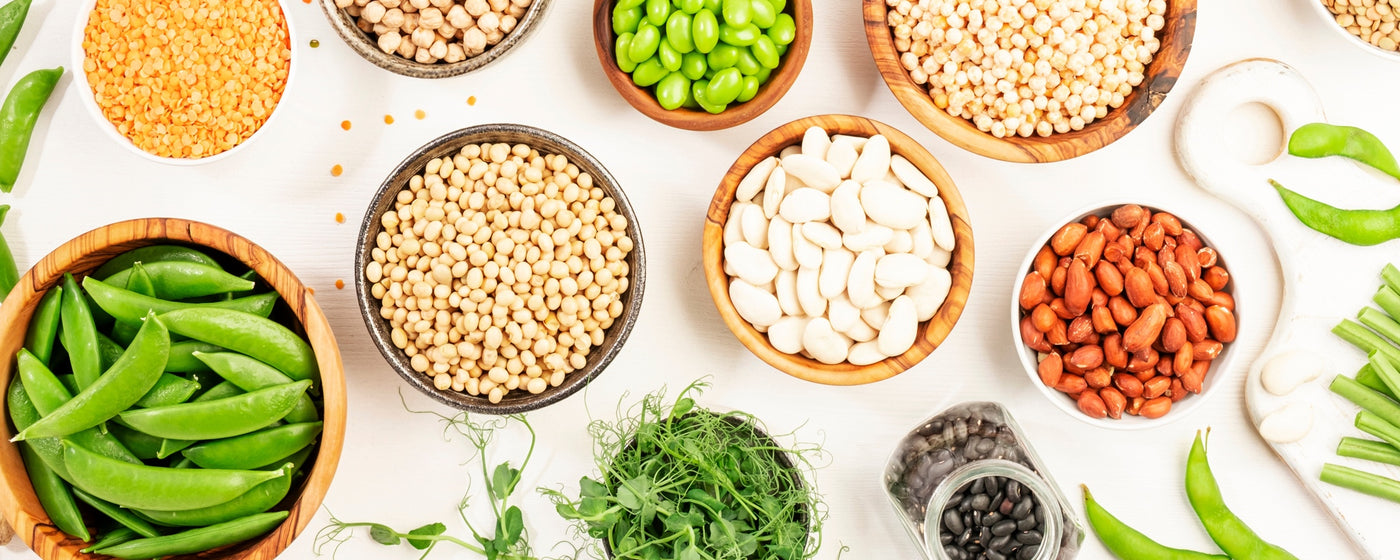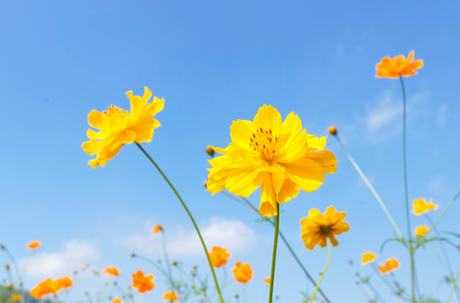Most garden plants are either open-pollinated, which means that they are the result of mating between two plants that look very much like they do, or hybrid, which means they are the result of mating between two plants that are different in one or more characteristics (for example, mating between a tomato plant that bears small fruit but is resistant to disease and a tomato plant that bears large fruit but is not resistant to disease might give rise to a tomato plant that bears large fruit and is resistant to disease).

Hybridization can be very beneficial from a gardening point of view, because the hybrid often combines good traits from each parent. Hybrids occur naturally, but gardeners and farmers and scientists have created many more of them, and most garden centers and seed companies sell hybrid plants or seeds. Hybrids are not without their negative aspects.
One problem with hybrids is that the hybrid plant is a mixed-up combination of two different sets of genetic material. If it tries to mate with another plant, even another plant of the same hybrid type, it may not be able to have any offspring (“children”) at all, or it will have offspring but they will look very different from their parents, and will usually fail to show the desired characteristic(s) of the parents. For example, if the large-fruited, disease-resistant tomato plant mentioned above were allowed to mate with another similar plant, the offspring might have small fruits and lack disease resistance – the benefits of creating the hybrid to begin with would have disappeared in producing the next generation.
This means that you cannot save the seeds of hybrid plants and grow them the next year – you must buy them from a store or seed company every year.
The stores and seed companies get them from farmers or scientists who repeat the original mating every year to produce seeds with the desired good trait(s).
If you are growing an heirloom/open-pollinated variety, you can keep your own seeds from year to year.
Note: All the varieties offered at SeedsNow.com are 100% pure heirloom/non-hybrid varieties. Read More About Our Seeds
← GO BACK TO GROW GUIDES













































